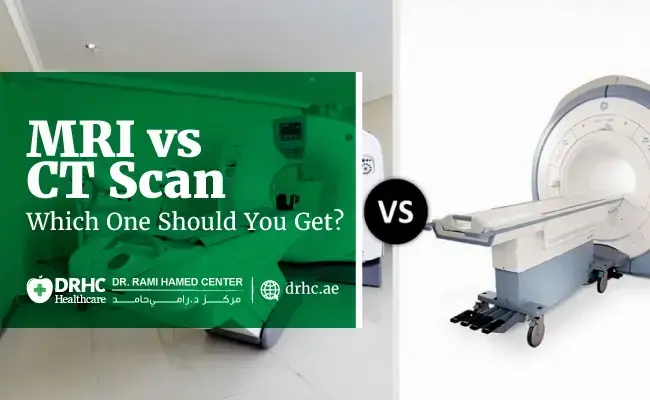
Actually, there are many people who were confused by this.
Dense breast in definition:
it is a breast with high fibro-glandular breast tissue amounts and low fatty breast tissue amounts.
Breast cancer is more likely to occur in women with dense breast tissue.
Fatty, connective, and glandular tissue make up the breasts.
Fat cells form fatty tissue.
Fibrous cells that give structure and support make up connective tissue.
Milk ducts and glands form the tissue known as glandular tissue.
Dense breasts are those that are composed primarily of glandular and connective tissue.
Breast cancer is more likely to occur in women with dense breast tissue.
So much so that a lot of breast centers now demand that all women with dense breasts receive notification of this on their mammography report.
In spite of the fact that dense breast tissue has been linked to up to a four-times increased risk for breast cancer, a recent study found that only a few women consider breast density to be a significant risk factor.
Contrary to popular belief, a woman's breasts are not necessarily ''dense'' if they feel hard.
Only a mammogram can determine whether your breasts are dense or not.
Your radiologist will classify you into one of four groups based on the density of your breasts after reviewing the imaging:
- Fatty tissue predominates
- scattered fibro-glandular Tissue
- Heterogeneous density
- Highly Dense. (Glands and connective tissue make up more than 75% of breast tissue).

Factors Affecting Breast Density
Age:
Breast density tends to decrease with age, and it is more common in younger women.
Genetics:
According to research, women are more likely to develop dense breasts if their mothers had dense breasts as well.
Weight:
Compared to women who are overweight or obese, women who are low to average weight are more likely to have dense breasts.
hormonal treatment:
Women who use hormonal contraceptives like birth control pills or hormonal replacement therapy are more likely to develop dense breasts.
Pregnancy & Children:
It is less likely that a woman will have dense breasts if she is pregnant before the age of 25, breastfeeding, and has three or more children.
Medication:
Less likely to have dense breasts are women on tamoxifen therapy (used to prevent breast cancer).
Why Is Breast Density a Breast Cancer Risk Factor?
The reason why dense breast tissue is associated with an increased risk for breast cancer is still unknown.
It's possible that dense breast tissue contains more cells, and that additional cells can promote the growth of abnormal cells.
Another theory is that women with dense breast tissue also have higher estrogen levels, which raises the risk of breast cancer development as well as breast density.
It is also challenging to find cancer using traditional mammography alone because of dense breast tissue.
Dense breast tissue and breast cancer both appear white on mammography, as do breast lumps
Contrarily, breast cancer is more easily found in breasts that are not dense because fatty tissue appears black on mammography, making white cancer stand out like a light dot against a black background
Dense breasts are frequently seen in mammogram studies, so; Additional imaging is frequently advised because increased breast density can potentially hide breast cancer imaging findings.
What other screening techniques are recommended for patients with dense breasts?
The most trustworthy test for the early detection and screening of breast cancer is still a mammogram.
screening mammography is still the most effective test for identifying breast cancer in its early stages in women.
However, a doctor can request an additional screening investigation for women with extremely dense breasts.
The following are some additional screening tests that can be performed in addition to mammography (but not instead of it):
Breast Ultrasound:
In certain women, using breast ultrasonography as an additional screening method can be beneficial.
Breast MRI:
Breast MRI is the best additional test for patients with dense breasts.
Historically, women with a known genetic mutation like BRCA1 or BRCA2 or women with a combination of risk factors including dense breasts and a strong family history of breast cancer have been candidates for an MRI.
Nowadays, breast MRI is used for women who are at average risk for breast cancer with dense breasts.
It's critical to keep in mind that neither of these screening methods (Ultrasound, MRI) can completely replace mammography, it can be used together with a mammogram.
Finally, every woman should have a specific suitable breast cancer screening plan according to medical history and clinical findings.
Check your breast
Check with your physician in you have a dense breast, and if your case requires additional screening.
Related topics:
Topic: Radiology




.jpg)





Leave a comment